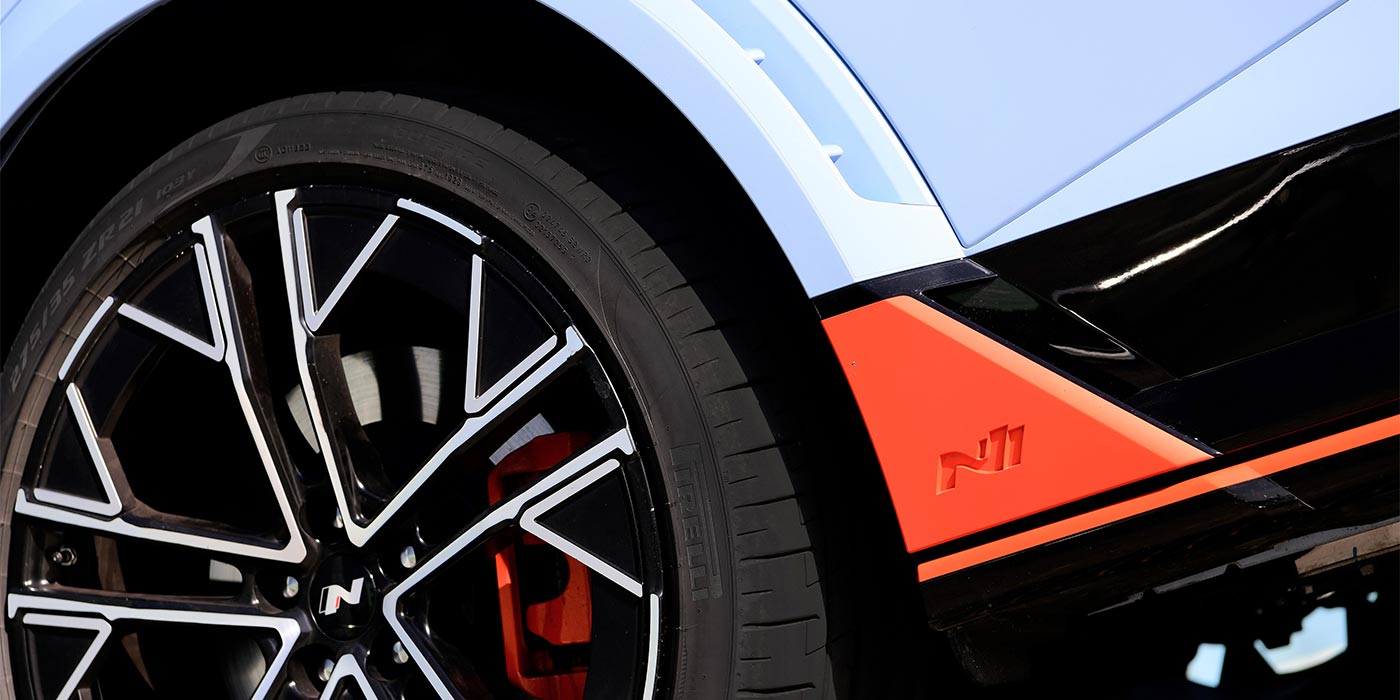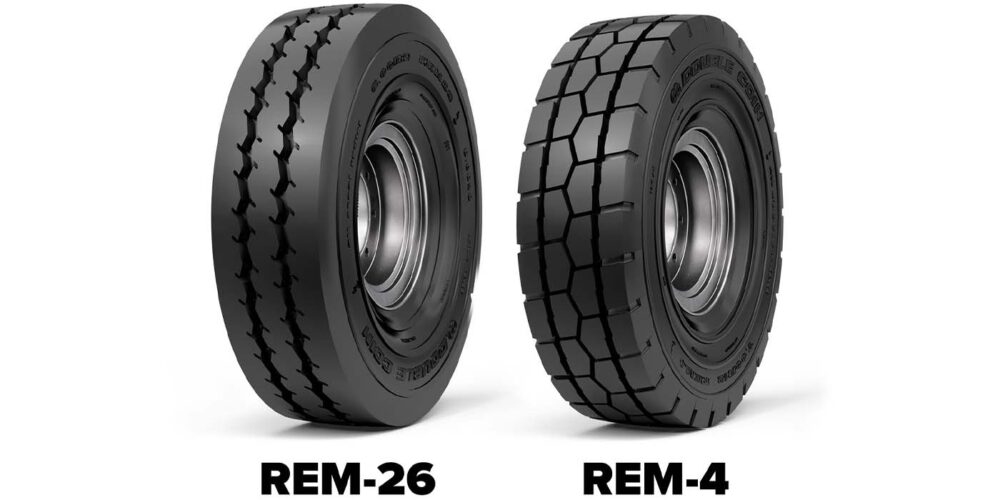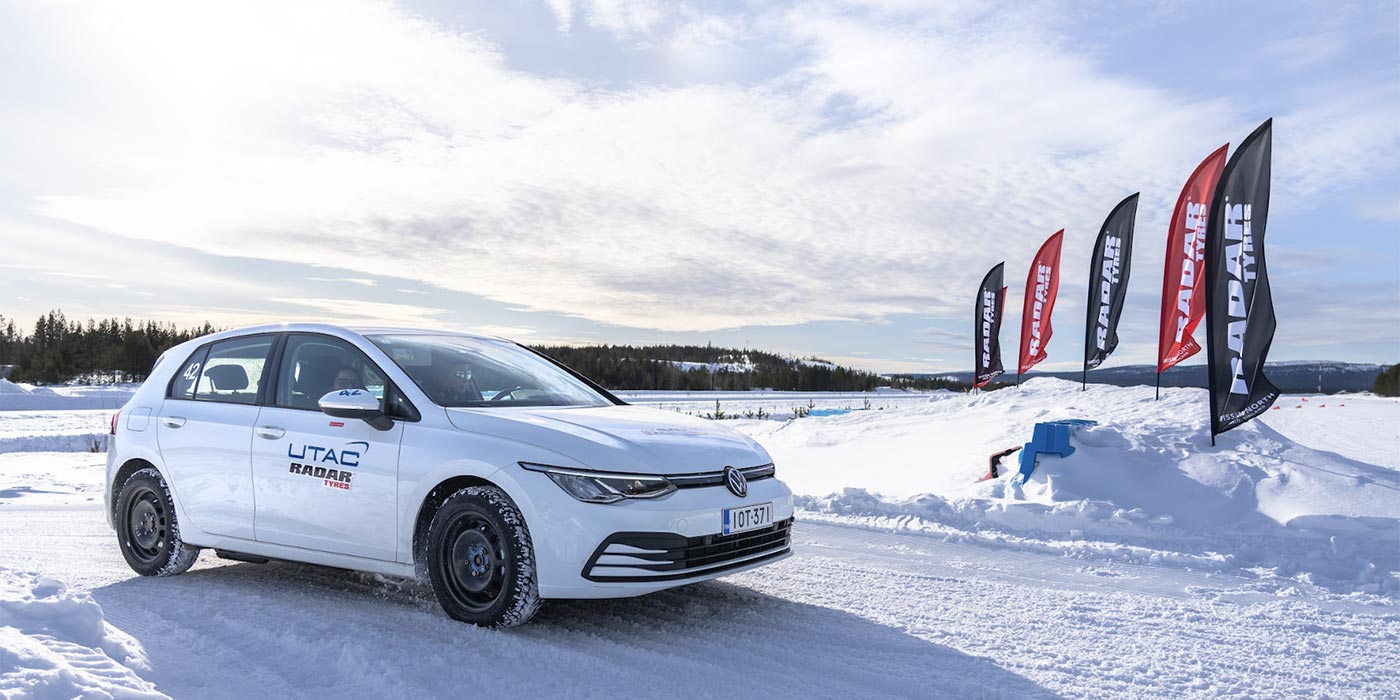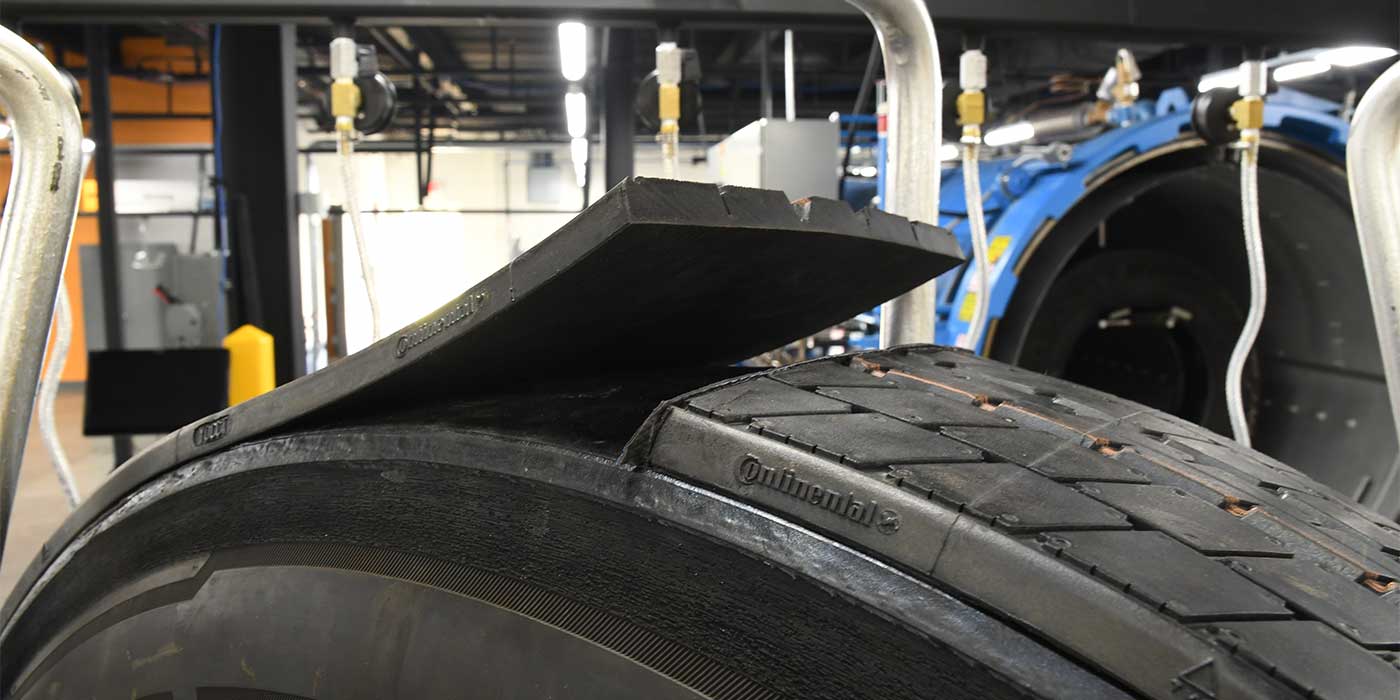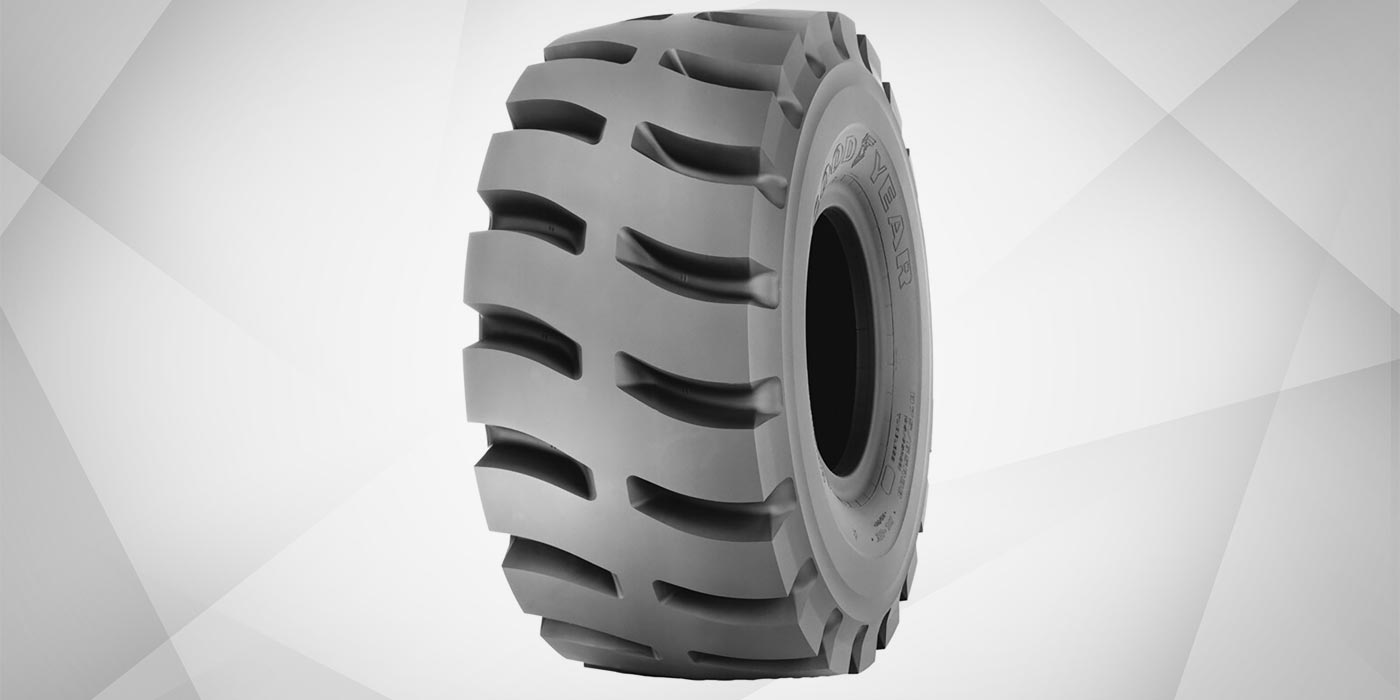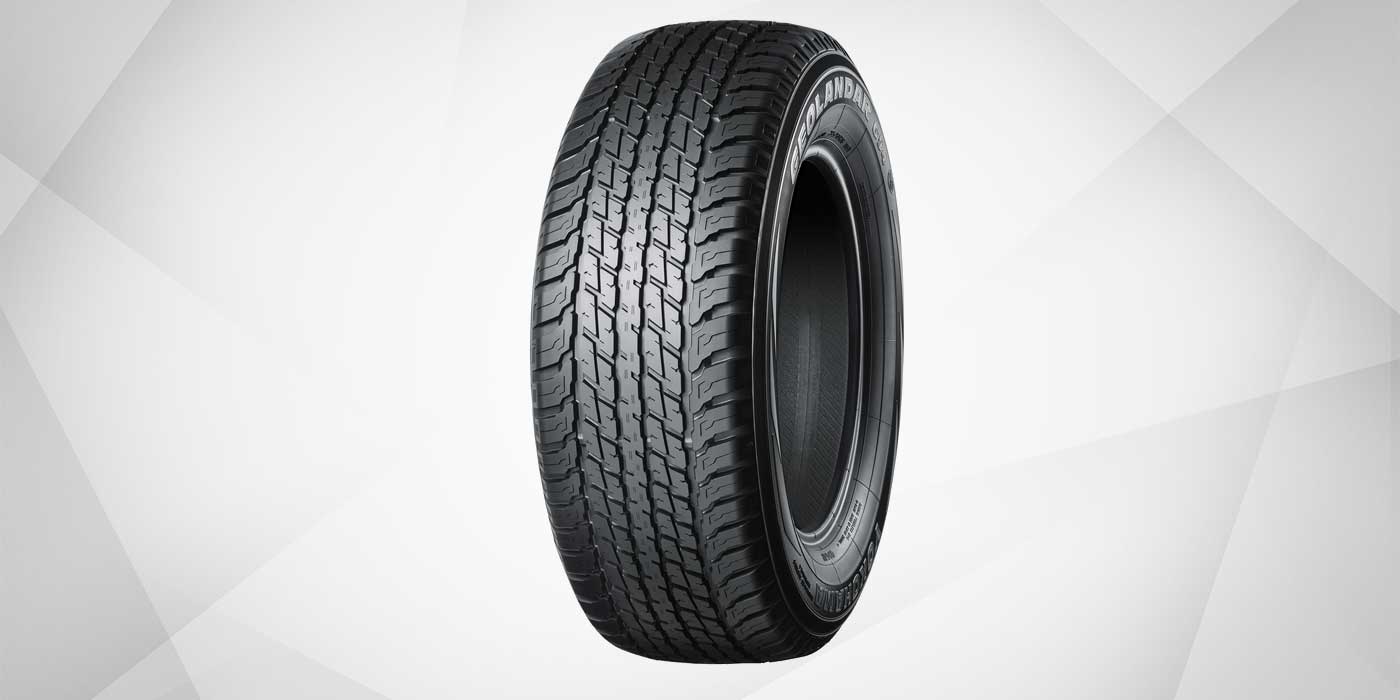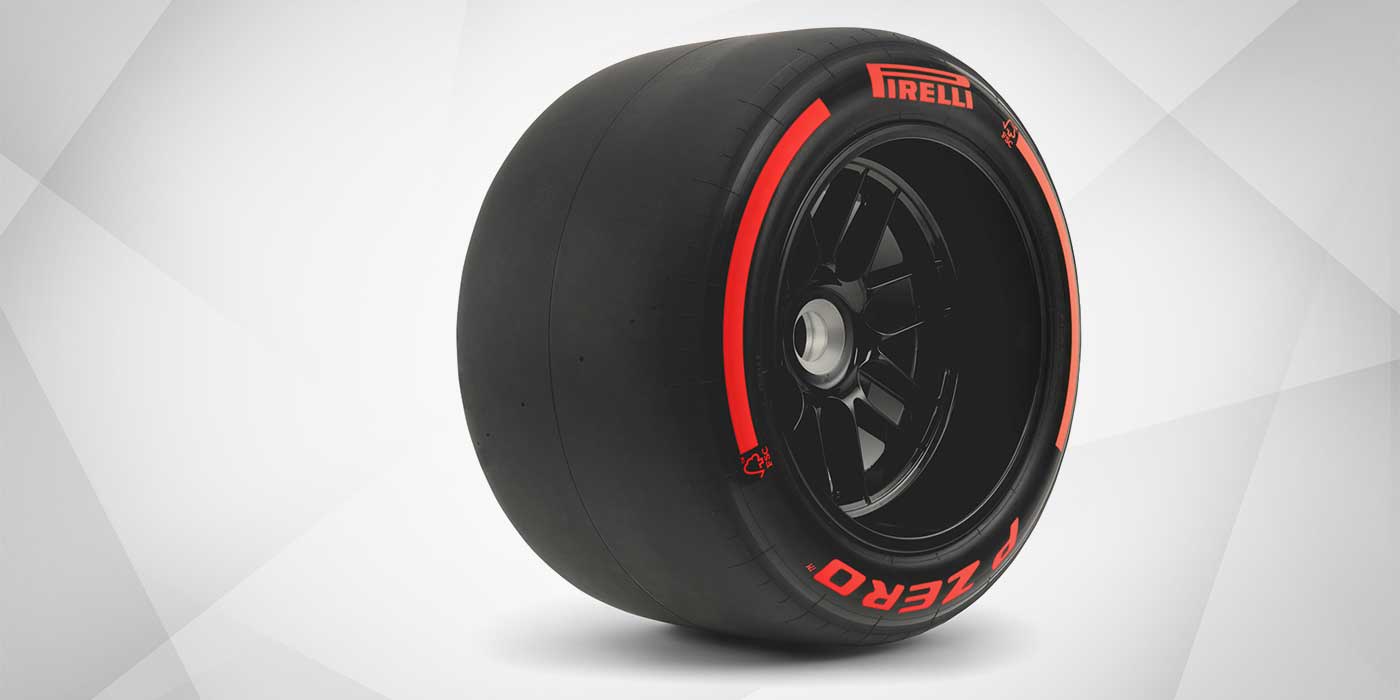
North America, primarily the U.S. and Canada, is effectively the only region in the world that currently and historically have marketed tires considered to be “all season” tires. Why?
Other regions of the world define the climate and tire breakpoint of seven degrees Celsius as the dividing line between summer and winter tires. So, in effect, if your climatic conditions are, for the most part, over seven degrees Celsius (about 45 degrees Fahrenheit) then one may only need tires designed for summer, or warmer climatic conditions, including very hot. The level of heat requires tread compounds, tread designs and internal components that are “tougher” in the higher temperatures.
If your historic high temperatures, for most of the year, are much cooler in the 60s Fahrenheit, yet the lows are much lower than temperate climes, say below zero Fahrenheit (or lower), one may only need tires designed for much colder temperatures. These tires require tread compounds and tread designs which remain much more flexible in very cold to extremely cold temperatures.
From a traction perspective, the difference of grip available from the tread interface with the road, as the surface grip at 70 degrees Fahrenheit, to that same surface at freezing is dramatic. A tire designed primarily to work, and perform at its highest when temperatures are above 70 degrees, and dry pavement, does not function nearly as well on ice and at or below freezing, as one designed for those temperatures and surface conditions. The reverse is also true.
However, if you live in the Midwest, and the temperature ranges between 18 and 75 degrees Fahrenheit daily, what do you need? Potentially both. Since it is a challenge to switch tires twice a day, is there something else the vehicle owner could do to have a tire that allows the vehicle to provide the durability and toughness needed for their application, and yet is “tuned” to the mid-range of performance (go, stop, and turn capability), that they need, want, and expect in their vehicle? Yes, hence the all-season tire.
Contributed by David Shelton, director of operations and projects for GITI Tire (USA) Ltd.
Top Considerations for the Right Recommendation
• Type of vehicle
• The type of driver
• Regional climate
• Vehicle use
• Performance expectations




